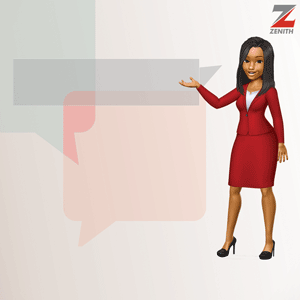The Bank of Japan is expected to project inflation will stay around its 2% target for the next three years in new forecasts due on Friday, signalling its readiness to raise interest rates again this year from current near-zero levels.
But governor Kazuo Ueda will probably stress the BOJ's
resolve to tread carefully and take a data-dependent approach in deciding the
next rate hike given uncertainties on whether wage hikes will broaden and drive
up prices in the services sector.
"We will proceed cautiously, initially assessing the
impact of our recent policy changes on the economy and inflation, then
considering further adjustment as deemed appropriate," Ueda told a seminar
in Washington last week.
Having made a landmark exit from its radical stimulus just
last month, the BOJ is widely expected to keep its short-term interest target
unchanged in a range of 0-0.1% after a two-day meeting that ends on Friday.
It is also not expected to change its plans to buy
government bonds at the current pace of roughly 6 trillion yen ($38.8 billion)
per month as a precaution to avoiding sharp rises in bond yields.
In fresh quarterly projections due after the meeting, the
nine-member board is likely to cut its economic growth forecast for the current
year that began in April due to weak output and consumption, five sources
familiar with its thinking said.
But the board may slightly raise its forecasts for
inflation, as measured by an index excluding the effect of fresh food and fuel
costs, to around 2% in fiscal 2024 and 2025 due to the prospect of sustained
wage hikes, they said.
The BOJ is expected to project inflation will stay around 2%
in fiscal 2026, the sources said. Under current forecasts, the BOJ expects
inflation to hit 1.9% in both fiscal 2024 and 2025. It will announce estimates
for 2026 for the first time on Friday.
The central bank ended eight years of negative rates and
other remnants of its unorthodox policy last month, making a historic shift
away from its focus on reflating the economy with decades of massive monetary
stimulus.
Markets are looking for clues on how soon the BOJ will hike
rates again. Many economists expect it to happen either in the third or fourth
quarter, after Ueda's recent comments signalling the chance of another hike
around summer or autumn this year.
While the projected upgrade in inflation forecasts would
keep alive market expectations of a near-term rate hike, the timing of such a
move would be swayed more by data on whether prospects of wage hikes could push
up prices particularly for services, analysts say.
The strength of consumption, which remains weak as rising
living costs hurt households, is also key to how soon the BOJ could raise
rates.
The weak yen complicates the BOJ's policy path with some
market players betting the central bank could come under pressure to hike rates
sooner than it wants to slow the currency's decline.
While Ueda has ruled out directly targeting yen moves in
guiding policy, he said a weakening currency could push up trend inflation by
boosting import prices.
"If the impact becomes too big to ignore, it might lead
to a change in monetary policy," he told a press conference last week,
signalling the possibility of another rate hike.
Many analysts expect the BOJ to spend at least a few more
months to gauge whether trend inflation will steadily accelerate toward its
target, and durably stay there, as it projects.
While an expected revival of consumption will give the BOJ
room to increase rates, it should tread cautiously given various risks
surrounding the outlook, Nada Choueiri, the International Monetary Fund's Japan
mission chief, told Reuters.
"I think gradualism is really important," because
the risks to growth and inflation are equally balanced, Choueiri said last
week. -Reuters

.jpeg)


.jpeg)







0 comments:
Post a Comment